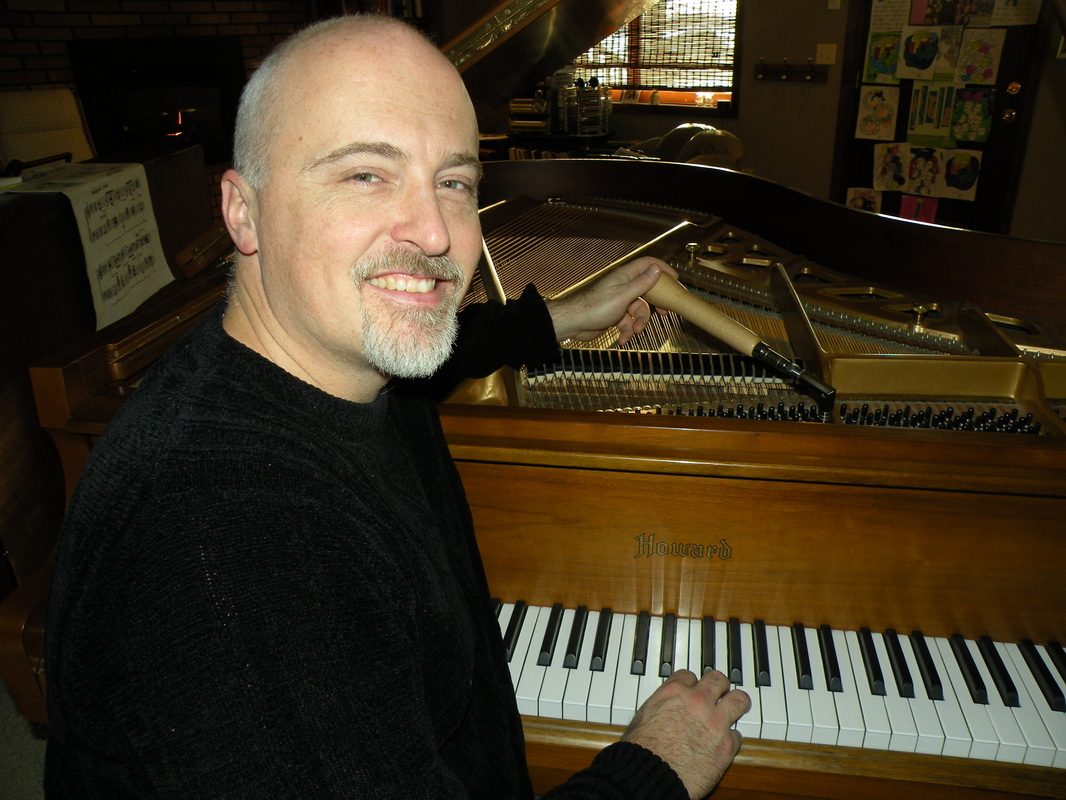

There, the piano became something of a local attraction and was regularly played in public performances, favored for a unique sound, somewhere between that of a piano and a harpsichord. It’s believed that they were used in churches, and that Marchisio salvaged the wood for his piano after an earthquake struck one of those churches.Ībout 25 years and two generations later, Marchisio’s grandsons, Luciano and Raffaelo, put the finishing touches on the instrument and gave it to their sister, Rebecca, who lived farther south, in Siena. Rumor has it that harpsichord maker Sebastian Marchisio used wood from Solomon’s Temple in Jerusalem-unlikely, perhaps, but not necessarily impossible, as the Romans may have brought pieces of the sacked temple back to Italy. Courtesy Steve BallanceĪccording to a 1955 article in Time, work on the piano began around 1800, in Turin. Details of the cherubs carved into the piano. They certainly didn’t know that the best part of the story was yet to come.


When the British found it at El Alamein-its visual splendor obscured by that protective plaster-they knew nothing of its illustrious history, or what it was worth. The piano had belonged to the Italian royal family before the Nazis decided they’d rather have it for themselves. Nearly 80 years after it was pulled out of the sand, the adventurous piano recently sold for $320,000 at Winner’s Auctions in Jerusalem.Īn immaculate instrument distinguished by ornate woodwork, it had been played by some of Europe’s best-known musicians. We can’t know for sure why they didn’t just discard it, though we can be glad: It was no ordinary piano, but the famous, ornately decorated Siena Pianoforte, also known as the Harp of David, to list just two of its acquired titles. Whether out of curiosity, appreciation, or sheer indifference, the British opted not to destroy the instrument and lugged it themselves to Tel Aviv, where they unloaded it rather unceremoniously, without peeking inside the plaster. For reasons no one could divine, the Nazis had lugged this instrument through the Libyan Desert all the way to El Alamein, before abandoning it upon retreat. Buried beneath the sand was a piano, encased in plaster, and its strings had vibrated in response to the magnets of the minesweepers. In 1942, after driving the German forces out of El Alamein in northern Egypt, British troops went minesweeping and-surprisingly, one can only imagine-heard music come out of the ground.


 0 kommentar(er)
0 kommentar(er)
